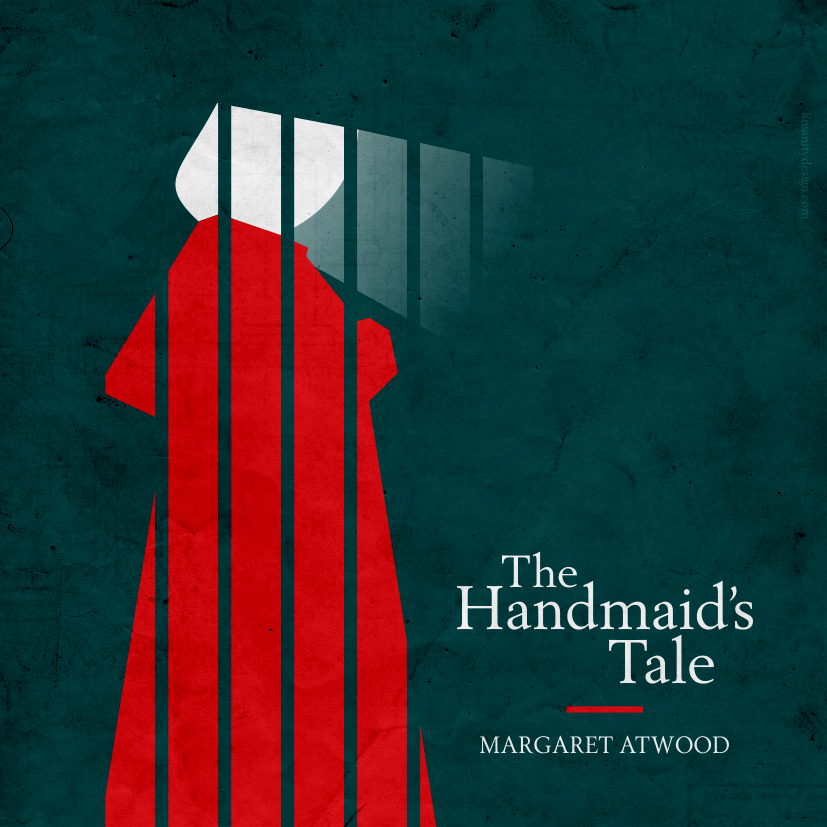Another week and another case of a young man getting into trouble over social media postings.
Last week, it was Azhar Ahmed, who angrily ranted about soldiers on his Facebook page, and now faces trial under the Communications Act 2003 (though the initial charge that his posting had been “racially aggravated” has been dropped).
This week, it is Swansea student Liam Stacey. Twenty-one-year-old Stacey today pleaded guilty of a “racially aggravated public order offence” after he tweeted racist remarks about Bolton Wanderers footballer Fabrice Muamba, and then addressed further racist remarks at tweeters who challenged him. (you can view Stacey’s now-deleted timeline here. Very strong language http://www.youtube.com/watch?v=nA5v2eZ5ZZE).
The two cases have several common elements. Both involve social networking sites. Both involve young men. Both outbursts were reactions to widespread, communal grief.
And both raise the question: is the law as it stands fit for purpose? The pace at which social media changes the way we communicate is startling, even though the intuitive nature of much of the technology we use makes it seem normal. It is difficult now for many to remember life before Twitter, and almost impossible to think of life before YouTube, just seven years ago. We do not really think of posting a tweet or a Facebook status update as “publishing” or “sending a message” in the same way as printing a leaflet or even sending a text message.
The Twitter Joke Trial rightly upset many people, who saw in the prosecution of Paul Chambers a misunderstanding of both the message and the medium. But the question is, can a law be formulated that will accommodate free expression online? Or, given the changing nature of electronic communication, is any law doomed to obsolescence?
Padreig Reidy is Index on Censorship’s news editor




